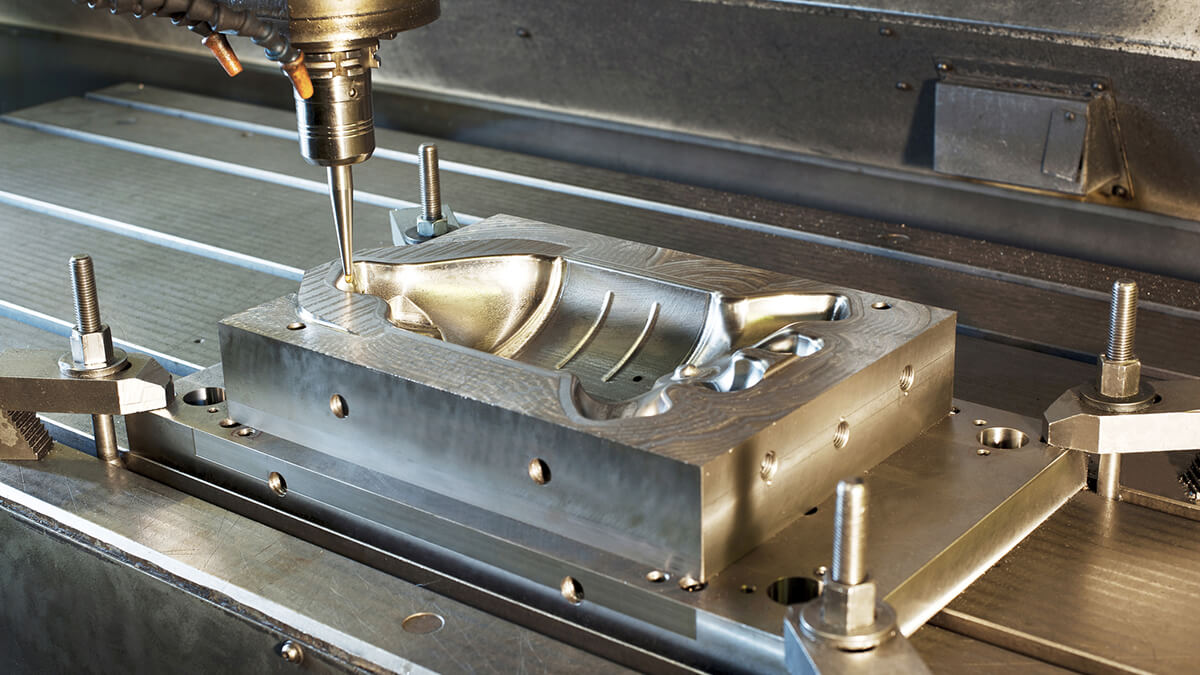In the ever-evolving world of automotive design and engineering, lightweight materials are at the forefront of innovation. One material that has played a pivotal role in revolutionizing the industry is aluminum, especially in its casting form. A356 Aluminum Casting has enabled automotive manufacturers to strike a balance between strength, weight reduction, and fuel efficiency, leading to the creation of more sustainable and high-performance vehicles. In this blog, we will explore the critical role of aluminum casting in automotive design and the transformative impact it has had on the industry.
The Weight Dilemma in the Automotive Industry
Reducing vehicle weight has become a top priority for automakers as they strive to meet stringent fuel efficiency and emissions standards while enhancing vehicle performance and safety. The weight of a vehicle directly affects factors such as fuel consumption, acceleration, and handling. Aluminum casting addresses this weight dilemma by providing automotive engineers with a lightweight yet robust material that can replace heavier components made from materials like steel.
Advantages of Aluminum Casting in Automotive Design
- Weight Reduction: Aluminum is significantly lighter than steel, with a density roughly one-third that of steel. Replacing steel components with aluminum ones can lead to substantial weight savings in a vehicle, improving fuel efficiency and handling.
- Strength and Durability: Aluminum alloys used in casting offer excellent strength and durability, ensuring that automotive components can withstand the stresses and demands of the road.
- Corrosion Resistance: Aluminum naturally forms a protective oxide layer on its surface, enhancing its resistance to corrosion. This is particularly beneficial for automotive parts exposed to the elements.
- Design Flexibility: Aluminum casting allows for intricate and complex part geometries, enabling designers to create innovative and aerodynamic shapes that enhance vehicle performance and aesthetics.
Applications of Aluminum Casting in Automotive Design
- Engine Components: Many engine components, such as cylinder heads, blocks, and pistons, benefit from aluminum casting. These components contribute to reduced engine weight and improved thermal efficiency.
- Transmission Housings: Aluminum is commonly used for transmission housings, where weight savings and heat dissipation are essential.
- Suspension Components: Lightweight suspension parts, including control arms and knuckles, improve the vehicle’s handling and ride quality.
- Wheels: Aluminum alloy wheels are popular for their lightweight properties, enhancing both the vehicle’s appearance and performance.
- Body Panels: Some automakers use aluminum casting for specific body panels to reduce overall vehicle weight without compromising safety.
- Structural Components: Advanced aluminum alloys are used in the construction of vehicle frames and chassis to enhance rigidity and crash safety while maintaining a lower overall weight.
Conclusion
Aluminum casting has become an integral part of automotive design and manufacturing, contributing significantly to the production of lighter, more fuel-efficient, and high-performance vehicles. Its ability to strike a balance between strength and weight reduction has allowed automakers to meet the demands of consumers and regulators alike. As the automotive industry continues to innovate and adapt to changing environmental and performance standards, the role of aluminum casting will only become more prominent. It represents a sustainable and technologically advanced solution for achieving the ideal combination of efficiency, safety, and driving pleasure in the vehicles of tomorrow.
